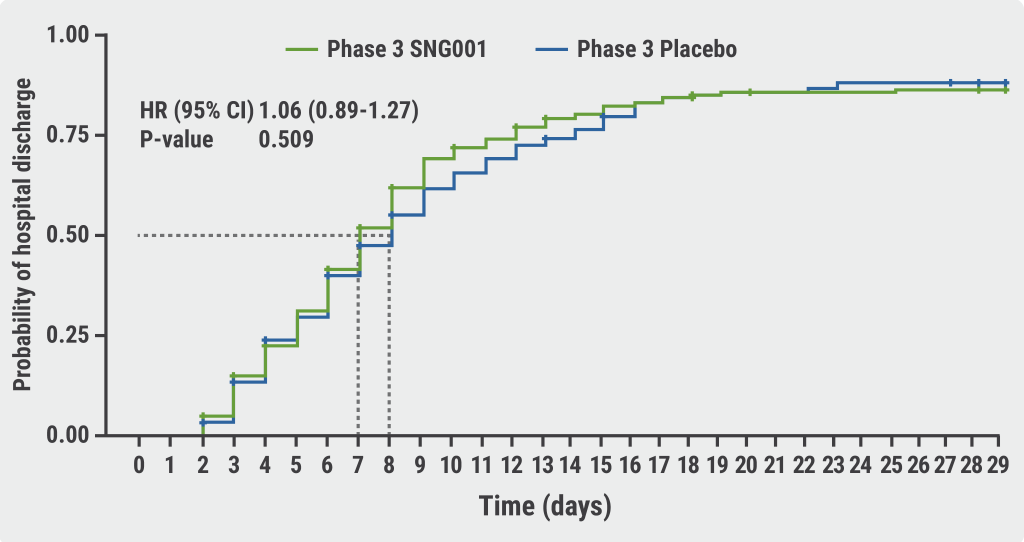https://doi.org/10.55788/d2ac12a9
Dr Vivek Reddy (Mount Sinai Hospital, NY, USA) presented the results of a retrospective study, including 1,568 patients who underwent first-time PFA for AF [1]. The primary effectiveness outcome was freedom from AF/atrial flutter (AFL)/atrial tachycardia (AT) recurrence of 30 seconds or more. The median follow-up time was 367 days.
The primary outcome showed a success rate of 78.1% after 12 months of follow-up. In addition, the success rate was higher in patients with paroxysmal AF than in patients with persistent AF (81.6% vs 71.5%; Plog-rank=0.001). Furthermore, Dr Reddy mentioned that a left atrial diameter of >45 mm, a left ventricular ejection fraction of ≤50%, a procedure time of >60 minutes, age >65 years, and persistent AF were independent risk factors for primary efficacy failure (P<0.001 for all). For the secondary endpoint of freedom from AF/AFL/AT or antiarrhythmic drugs or redo ablation, the success rate was 70.8% after 12 months.
Finally, Dr Reddy said that the safety profile of the PFA catheter was good, with no cases of oesophageal damage or pulmonary vein stenosis, and major adverse events occurred in 1.9% of the patients. “However, 1 patient sustained a phrenic nerve injury beyond hospitalisation,” according to Dr Reddy.
Dr Reddy concluded that the 1-year effectiveness and safety data of the pentaspline PFA catheter were good in the population of patients with AF who underwent a first ablation.
- Reddy VY, et al. 1-year outcomes from the MANIFEST-PF Registry. Late-Breaking Science Day 1, EHRA 2023, 16–18 April, Barcelona, Spain.
Copyright ©2023 Medicom Medical Publishers
Posted on
Previous Article
« POWER FAST III: High-power, short-duration radiofrequency ablation for AF Next Article
Surgery saves lives in patients with oesophageal fistula »
« POWER FAST III: High-power, short-duration radiofrequency ablation for AF Next Article
Surgery saves lives in patients with oesophageal fistula »
Table of Contents: EHRA 2023
Featured articles
CEASE-AF meets primary endpoint in persistent AF
ANTWERP score selects HF patients for AF ablation
Ablation for Atrial Fibrillation
Surgery saves lives in patients with oesophageal fistula
MANIFEST-PF: Good results for the pentaspline PFA catheter
POWER FAST III: High-power, short-duration radiofrequency ablation for AF
High-power, short-duration ablation linked to a higher stroke risk
Early or delayed ablation for AF?
CEASE-AF meets primary endpoint in persistent AF
Promising results for Marshall Plan ablation strategy
Updates on Devices
Can ICD-EG-derived information improve ventricular tachycardia ablation outcomes?
Prolonged ECG monitoring detects relevant arrhythmias in HCM
Does adaptive pacing work in patients with HF, LBBB, and intact AV conduction?
Can we identify patients who may not benefit from ICD therapy?
Miscellaneous
Statins display benefits for AF patients in a large population-based study
ANTWERP score selects HF patients for AF ablation
Epicardial ablation successful in Brugada syndrome
Highly increased risk of arrhythmias after mechanical ventilation for COVID-19
Related Articles

July 18, 2022
SPRINTER: SNG001 still in the running?
January 12, 2022
Long COVID “brain fog” shares features with “chemo brain”
© 2024 Medicom Medical Publishers. All rights reserved. Terms and Conditions | Privacy Policy
HEAD OFFICE
Laarderhoogtweg 25
1101 EB Amsterdam
The Netherlands
T: +31 85 4012 560
E: publishers@medicom-publishers.com

